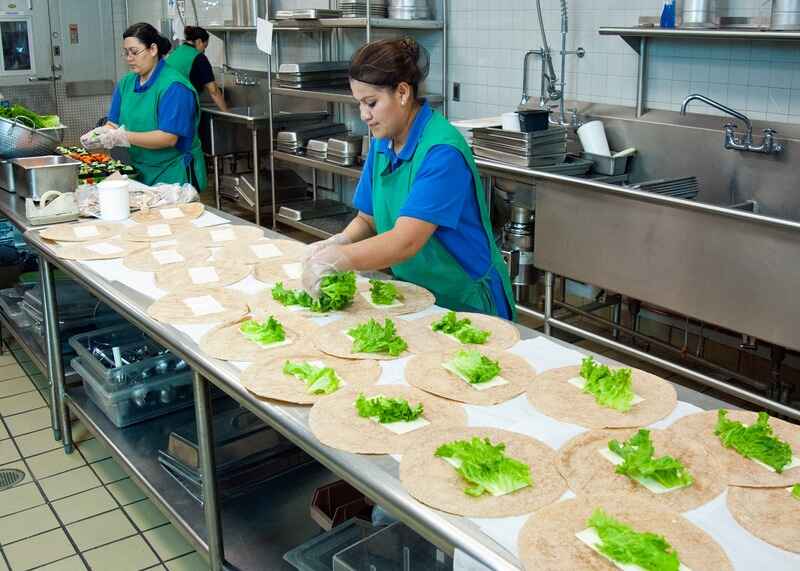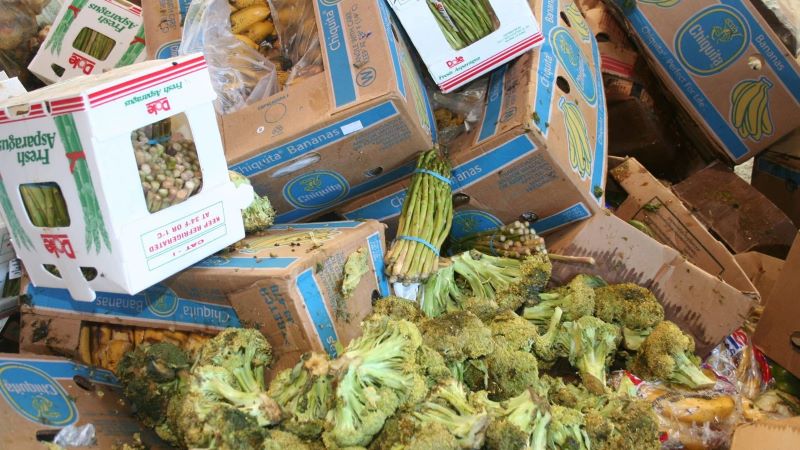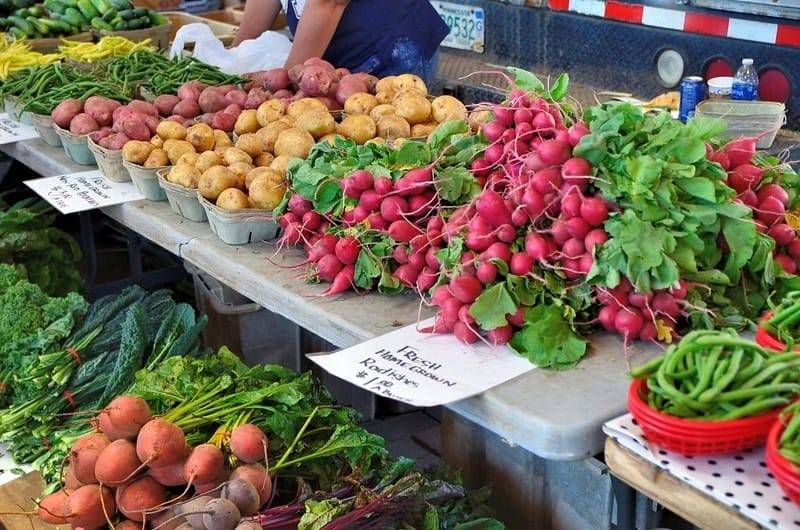The operation logs in most food production outlets are typically reserved for management communications. However, we believe that regular written communication between certified food managers and staff, such as a daily log, can be highly effective in promoting food safety and increasing productivity.

Image Credit: lyashenko via 123rf
How Certified Food Managers Can Effectively Use a Daily Log
As a MN certified food manager, you are often busy and may not be able to address issues immediately. Sometimes, simply being informed that there is a problem is insufficient. It is important to keep a record of issues. Important concerns will not be overlooked or put on the back burner in this way. They will not be forgotten. There may also be times when an issue arises when you are not at work. A daily log provides the opportunity for your staff to let you know what is happening rather than leaving a problem unaddressed. The three categories that we think are important for your staff to document are:
- Food safety issues
- Equipment malfunctions
- Health and safety hazards
It is essential for your staff to understand that they cannot ignore food safety concerns. Giving them the responsibility to alert a supervisor and record the problem will help them fully understand food safety procedures. It is essential for your staff to understand that they cannot ignore food safety concerns.
There are many times in this business when a refrigerator stops working. The fan in an oven quits or a deep fryer fails to hold a consistent temperature. There may be warning signs indicating that something is wrong with your equipment, but you might not receive notification until it is too late. If your staff could record abnormal equipment performance. You may be able to take care of the problem with an easy repair. This will save you money instead of spending it on replacing your expensive equipment.
Health and Safety Hazards
The last item is a vital one to monitor in your establishment. Your staff will feel comfortable and secure if they understand that you care about their working conditions. While employee safety should be addressed immediately, it is a good idea to give your employees an outlet to express their concerns when you are not on the clock.
There are many other uses for a daily log in the food industry. Many establishments use them as a communication tool. The opening and closing crews use the tool for communications. The outlets with multiple managers also use it to keep on the same page. At Safe Food Training, we would like to hear how you use your daily log to improve the way your business operates.



